How to write your Custom Home Building Proposal
We include this 18 page layout with every Proposal Pack. If you want this template to have a different visual design theme than the one illustrated here, purchase any Proposal Pack design and create this template using the purchased design theme. This template is included in every Proposal Pack. If you get a Proposal Pack or the Professional Bundle, you can also make any variation of this template with different chapters to suit your needs.
We typically include more chapters in the templates than most people will need to give everyone more variety in the chapters they may need. You can trim down a long template by removing pages you do not need or combining multiple chapter topics into one page.
 DOWNLOADABLE, ONE-TIME COST, NO SUBSCRIPTION FEES
DOWNLOADABLE, ONE-TIME COST, NO SUBSCRIPTION FEES![]() View Custom Home Building Proposal
View Custom Home Building Proposal
This sample proposal is based on the same layout as this template and is included in every Proposal Pack. The visual design of the templates will match whichever Proposal Pack design you purchase. To get this template in a different design theme than shown in the sample, purchase any other Proposal Pack design theme and this template will be included.
You can create an editable Word version of this sample in any design theme of your choice including branded to your logo.
 If you need this template on DVD media order from our Amazon shop.
If you need this template on DVD media order from our Amazon shop.
You can also create countless variations of this document to suit your needs using the included library of 2200+ chapters if ordering a Proposal Pack or Pro Bundle.
 What Our Clients Say
What Our Clients SayI’ve used it and found out just about anybody can put a professional business proposal together with this easy to do product. Take it for me I have no business experience what-so-ever, but with this product it makes me look very experienced."
Wingfield Products LLC
Related Article
Related Video
Related Templates
- Home Construction Proposal
- Real Estate Conversion of Apartments to Condos Proposal
- Contractor Services Proposal
- 3D Printed Building Construction Proposal
- Real Estate Land Development Proposal
- Construction Project Proposal (Short)
- Construction Project Proposal RFP Response
- Roofing Contractor Proposal
- Painting Contractor Proposal
- Architecture Firm Proposal Template
- Siding Contractor Proposal
- Architectural Design Proposal
- Architectural Design Proposal Template
What's the Best Way to Write Your Custom Home Building Proposal?
When tasked with drafting a custom home-building proposal, many find themselves at a crossroads, trying to figure out where to start or what tools to use. The solution lies in utilizing a Proposal Kit template or software package. This comprehensive tool simplifies the proposal writing process, making it accessible even to those without experience. Proposal Kit's templates and software system include a line item quoting database for creating detailed cost summaries, quotes, estimates, budgets, and other financial documents, streamlining the proposal development process.
You're not alone if you must write a custom home-building project proposal. Whether it's your first time tackling such a task or looking to streamline your process, Proposal Kit offers the tools and guidance necessary to create a compelling and comprehensive proposal.
What Types of Projects Are Custom Home Building Proposals Written For?
Custom home building encompasses a variety of projects, each tailored to meet the unique needs and visions of potential clients. Examples include:
- Designing and building luxury custom homes
- Constructing eco-friendly and sustainable homes
- Developing modern urban residences
- Renovating historic properties
- Building custom vacation homes
- Creating accessible homes for individuals with disabilities
- Constructing prefabricated homes
- Designing homes with innovative smart technology
- Building tiny homes and compact living solutions
- Developing custom estates with extensive landscaping
Chapters this template is built with
Proposal Kit's vast array of templates can be adapted to suit the specific needs of your custom home-building proposal. Here's how some of the templates might be utilized.
These templates represent just a fraction of the extensive library in the Proposal Kit, allowing you to customize your proposal to cover every necessary topic.
Cover Letter
The cover letter is your first opportunity to make a strong impression on your potential client. It should introduce your company and express genuine enthusiasm for the proposed custom home-building project. Begin by briefly introducing your company, including its core values and mission statement. Highlight your excitement about the opportunity to work on such a project and how it aligns with your expertise and passion for creating unique living spaces. Personalize the letter by mentioning details the client has shared about their vision, demonstrating your attention to detail and commitment to fulfilling their unique needs.
What You Can Expect
This section should serve as a roadmap for the client, outlining the entire process from the initial handshake to the final walkthrough of the completed home. Explain the steps involved, such as initial consultations to understand their needs and preferences, the design phase with revisions, the selection of materials, and construction. Assure the client of regular updates and open communication throughout the project. Emphasize your company's dedication to meeting deadlines and budgets and your flexibility in accommodating changes.
Cost Summary
Provide a transparent and detailed financial breakdown of the entire project. This should include itemized costs for materials, labor, design fees, permits, and any other expenses that may arise during construction. Highlight how your company ensures cost efficiency without compromising on quality. Explain each cost, giving clients a clear understanding of where their investment goes. This transparency helps build trust and sets clear expectations.
Site Preparation
Detail the preliminary work necessary to prepare the site for construction, which may include environmental assessments, demolition of existing structures, and land clearing. Explain the importance of each step, such as ensuring the land is safe and suitable for building or obtaining necessary environmental clearances. This section underscores your company's thoroughness and commitment to a solid foundation for the custom home.
Construction Schedule
Lay out a realistic timeline for the construction, detailing the significant phases such as foundation laying, framing, installation of electrical and plumbing systems, interior and exterior finishes, and final inspections. Provide estimated completion dates for each phase, emphasizing your company's commitment to staying on schedule while allowing for some flexibility should unforeseen circumstances arise.
Responsibilities
Clearly define what your company will handle versus what responsibilities fall to the client. This might include your company taking care of all construction-related tasks, permits, and coordination with subcontractors. At the same time, the client may be responsible for making timely decisions on finishes and other customizable features. Setting these expectations early helps avoid confusion and ensures a smooth partnership.
Building Codes, Permits, and Licenses
Demonstrate your expertise and reliability by outlining how your company will manage the complex regulatory environment. Detail your process for obtaining all necessary building codes, permits, and licenses before the work begins, ensuring compliance with local, state, and federal regulations. This reassures clients that their project is in capable hands and will be executed legally and safely.
Electrical, Plumbing, Roofing
Specify the quality standards and plans for essential home systems and structures. Describe the materials and techniques for electrical wiring, plumbing systems, and roofing, highlighting any energy-efficient or sustainable options. This shows your commitment to building a home that is not only beautiful but also functional, safe, and environmentally responsible.
Landscaping
Discuss how landscaping will enhance the overall appeal and value of the property. Examples of landscaping designs and features that could complement the home include outdoor living spaces, gardens, or water features. Explain how these elements will match the client's lifestyle and the home's architectural style.
Company History
Share your company's story, including its founding, growth, and critical milestones. Highlight past custom home-building projects, showcasing your experience and the diversity of styles and challenges you've successfully navigated. This section helps build credibility and gives clients confidence in your company's capabilities.
Certifications
List any industry certifications or qualifications your company has earned, such as green building certifications or memberships in professional construction associations. This not only underscores your professionalism but also your dedication to staying current with industry standards and innovations.
Testimonials
Include positive feedback from previous clients, highlighting their satisfaction with your company's work. Testimonials should cover various aspects of the client experience, from the quality of the construction to your team's professionalism and responsiveness. This social proof is invaluable in building trust with potential clients, showing them they can expect a high level of service and a successful project outcome.
Use cases for this template
Jacob's Construction Co. Triumph
Jacob, the owner of a construction company, was at a critical juncture. With the opportunity to bid on a large-scale custom home project, he knew he had to distinguish his proposal from larger, more established firms. Leveraging Proposal Kit's comprehensive resources, Jacob meticulously outlined his approach, emphasizing his company's dedication to innovative, eco-friendly design and construction methods. He included details of previous projects that showcased his ability to blend aesthetic appeal with sustainability, thus illustrating his unique value proposition.
Jacob's proposal, rich in detail and clarity, covered everything from initial design concepts to material selection, each aligned with the latest green building standards. He supplemented his proposal with a transparent cost summary and a project timeline, demonstrating his team's efficiency and reliability. The client was particularly impressed with the personalized cover letter, which resonated with their vision for a dream home that was both luxurious and environmentally responsible. Jacob's comprehensive and thoughtful approach, facilitated by Proposal Kit's structured templates, secured him the contract and resulted in referrals to other potential clients, marking a significant triumph for his small business.
Mia's Deadline Achievement
Mia was in a high-pressure situation with a deadline to produce a custom home-building proposal for a potential high-value client. Understanding the complexity and the need for precision, she turned to the Proposal Kit for structure and guidance. To further expedite the process, Mia employed AI writing tools for drafting certain sections of the proposal, feeding it prompts that were informed by her company's past projects and the specific requirements of the current bid.
The AI helped draft sections on the company history, certifications, and testimonials, which Mia then refined and personalized using Proposal Kit templates. The integration of these technologies enabled her to write a proposal that was both comprehensive and customized, showcasing her firm's strengths in innovative construction methods and client-centric service. Her adept use of these tools allowed her to submit the proposal on time and set a precedent within her firm for leveraging technology to enhance productivity. Mia's success underscored the potential for combining traditional proposal writing tools with modern AI, setting a new benchmark for efficiency and effectiveness in her team's operations.
Liam's Global Housing Initiative
Liam embarked on a mission to address a local housing crisis through his non-profit organization's initiative. The challenge was to draft an RFP that would not only capture the project's essence but also attract the right construction firms with expertise in low-cost housing. The Proposal Kit served as a foundational tool, helping him articulate the project's scope, including the need for sustainable and affordable housing solutions that could be adapted to various geographical and cultural contexts.
His RFP detailed the project goals, such as scalability, sustainability, and community impact, and outlined the criteria for selecting construction partners. The comprehensive nature of the RFP, supported by the Proposal Kit's structured approach, facilitated clear communication of the non-profit's vision and requirements. This clarity and precision attracted responses from construction firms, each bringing innovative solutions. Liam's strategic use of Proposal Kit enabled him to sift through these proposals effectively, identifying partners who shared the organization's vision for impactful, cost-effective housing solutions. The successful selection process began a series of housing projects, each contributing to the non-profit's mission under Liam's guidance, demonstrating the power of well-written RFPs in driving meaningful change.
Conclusions and Recommendations
Whether you're drafting a residential construction proposal, a custom homebuilder proposal, or any other proposal within the construction industry, the Proposal Kit offers a path to success. A proven way to write a custom home-building proposal is with the Proposal Kit, which ensures your proposal meets and exceeds expectations from the first sentence to the last.
Also Known As
This template may also be referred to in different ways or be used in more specialized situations, such as:
- Custom Residence Construction Plan
- Tailored Home Design Proposal
- Bespoke House Building Blueprint
- Personalized Dwelling Project Proposal
- Custom-built Residence Plan
- Individualized Home Construction Offer
- Made-to-Order House Development Proposal
- Exclusive Home Design Submission
- Unique Residence Construction Outline
- Customized Living Space Building Plan
Abstract
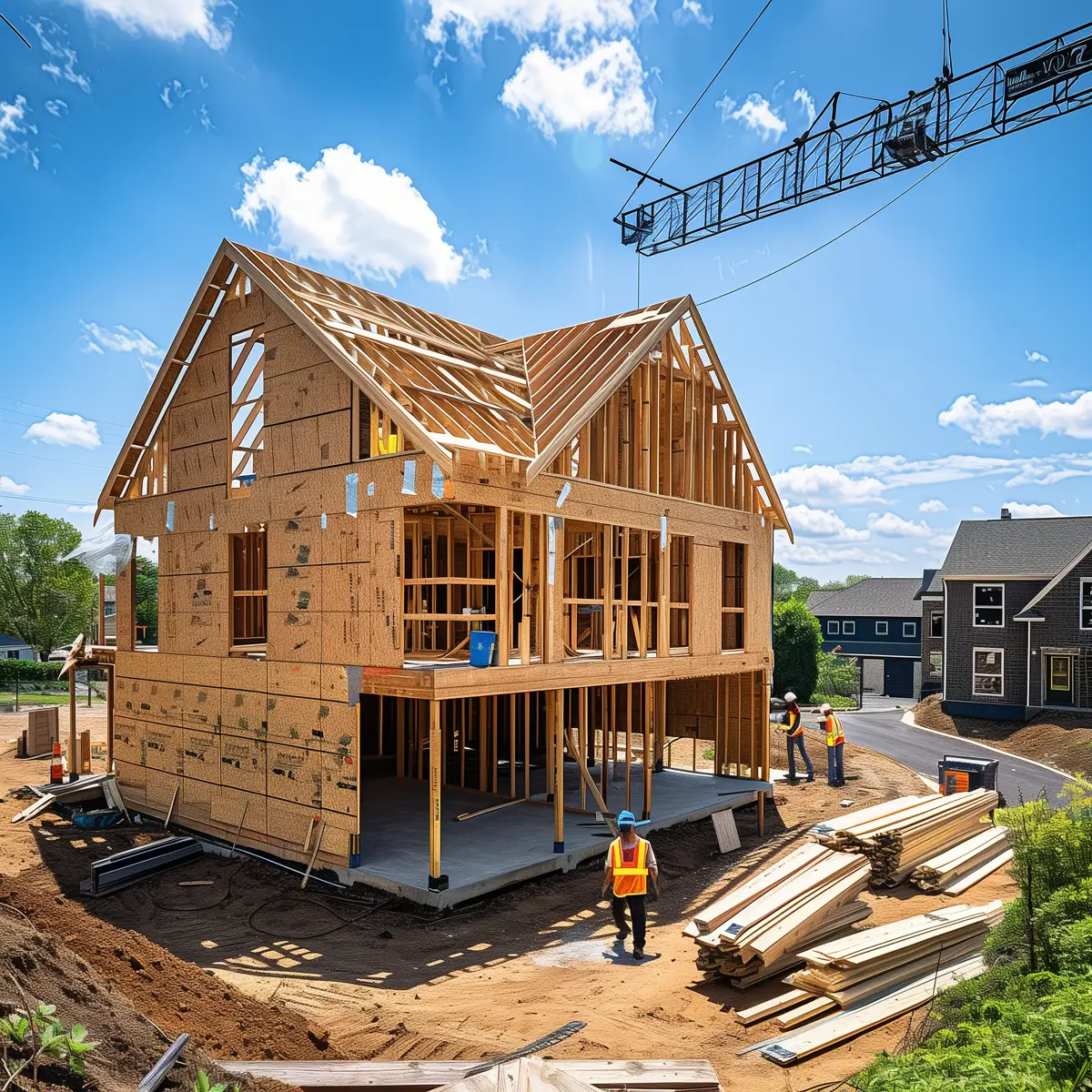 Creating a custom home-building proposal is an important step for construction contractors looking to win profitable projects. A well-drafted proposal not only outlines the construction project but also sets the stage for a successful collaboration by clearly defining project details, estimated costs, and responsibilities. A good construction proposal requires careful planning and a thorough understanding of the construction process. By using Proposal Kit, contractors can develop accurate proposals that meet client expectations and align with the project's feasibility. These templates provide a framework for addressing the main components of a construction proposal, such as cost estimates, construction schedules, payment terms, and project changes. The proposal process involves presenting a comprehensive construction bid proposal that includes a detailed cost summary, site preparation details, and a realistic timeline for the construction process. Using Proposal Kit's structured approach allows contractors to save countless hours and present accurate information regarding project costs, ensuring a smooth and clear sales process.
Creating a custom home-building proposal is an important step for construction contractors looking to win profitable projects. A well-drafted proposal not only outlines the construction project but also sets the stage for a successful collaboration by clearly defining project details, estimated costs, and responsibilities. A good construction proposal requires careful planning and a thorough understanding of the construction process. By using Proposal Kit, contractors can develop accurate proposals that meet client expectations and align with the project's feasibility. These templates provide a framework for addressing the main components of a construction proposal, such as cost estimates, construction schedules, payment terms, and project changes. The proposal process involves presenting a comprehensive construction bid proposal that includes a detailed cost summary, site preparation details, and a realistic timeline for the construction process. Using Proposal Kit's structured approach allows contractors to save countless hours and present accurate information regarding project costs, ensuring a smooth and clear sales process.
A construction contract is an agreement that becomes legally binding once parties agree and sign it. It outlines the job site responsibilities, payment schedule, exterior wall specifications, and the final price. The construction management topic involves overseeing the project's progression, ensuring timely payments, and managing project changes. During this process, the contractor must comply with building codes, secure necessary permits, and maintain clear communication to avoid disputes. In residential contracts, the down payment secures the project's start, with the final payment due upon completion, provided all parties are satisfied with the workmanship. You should have your contracts and agreements reviewed by your attorney before putting them to use with clients.
In addition to these foundational topics, factors such as insurance, security practices, and risk management are important to protect both the homeowner and the construction company. Good proposal writing also considers the decision-making process, taking into account the client's requirements and allowing for project scope flexibility. The proposal should clearly outline what the client can expect, from initial consultations to the final walkthrough. By including testimonials and company history, the proposal can highlight the contractor's reputation and past successful projects. This helps build trust and demonstrates the contractor's ability to deliver quality, on-time construction projects. Consequently, construction contractors who strive to present the best proposals are more likely to win jobs, fulfill client obligations, and ensure their company's cash flow remains positive.
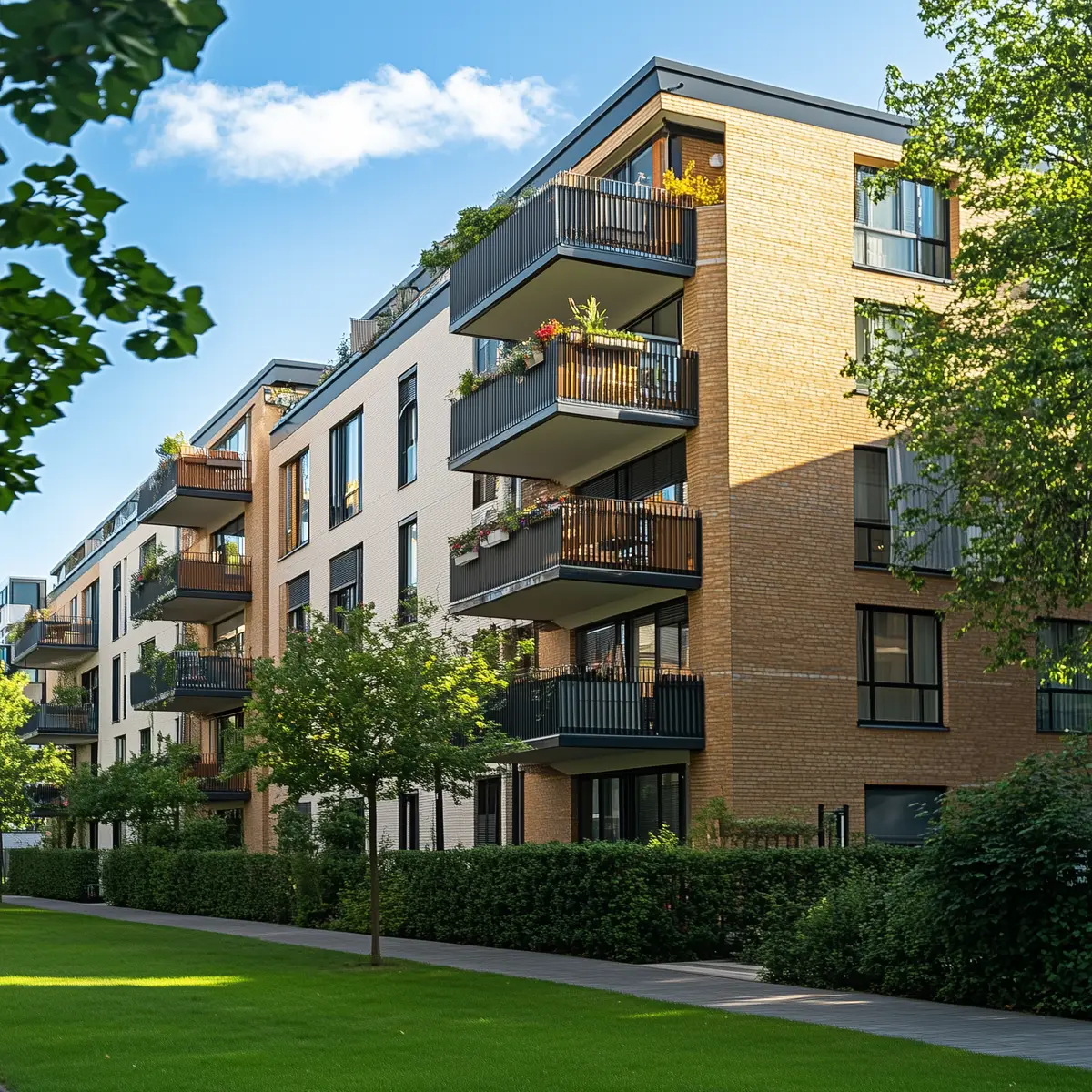 In the competitive area of custom home building, constructing an effective proposal is an important component that can determine the project's success. The creation of a construction bid proposal involves meticulous attention to detail, ensuring that all project costs are clearly itemized to provide an accurate cost estimate. This transparency is crucial in the decision-making process, allowing clients to understand the final price and any extra costs that might occur due to project changes. By employing a structured proposal process with tools like Proposal Kit, contractors can streamline the sales process, ensuring that the construction contract aligns with both parties' expectations and minimizes the risk of disputes.
In the competitive area of custom home building, constructing an effective proposal is an important component that can determine the project's success. The creation of a construction bid proposal involves meticulous attention to detail, ensuring that all project costs are clearly itemized to provide an accurate cost estimate. This transparency is crucial in the decision-making process, allowing clients to understand the final price and any extra costs that might occur due to project changes. By employing a structured proposal process with tools like Proposal Kit, contractors can streamline the sales process, ensuring that the construction contract aligns with both parties' expectations and minimizes the risk of disputes.
A comprehensive proposal goes beyond pricing; it incorporates important information such as the construction schedule, payment terms, and a detailed breakdown of the construction process. It should highlight the roles and responsibilities of the construction contractor and the homeowner, setting clear guidelines to avoid any potential misunderstandings. Accurately defining the scope of work and including an expiration date for the proposal ensures that both parties are on the same page throughout the project.
The proposal must also address construction management practices, including insurance, security measures, and compliance with all applicable building codes. Contractors should provide evidence of their reliability through certifications and industry memberships, reinforcing their commitment to high-quality workmanship. Emphasizing the company's capabilities in managing job sites efficiently and ensuring timely completion of tasks helps build client confidence.
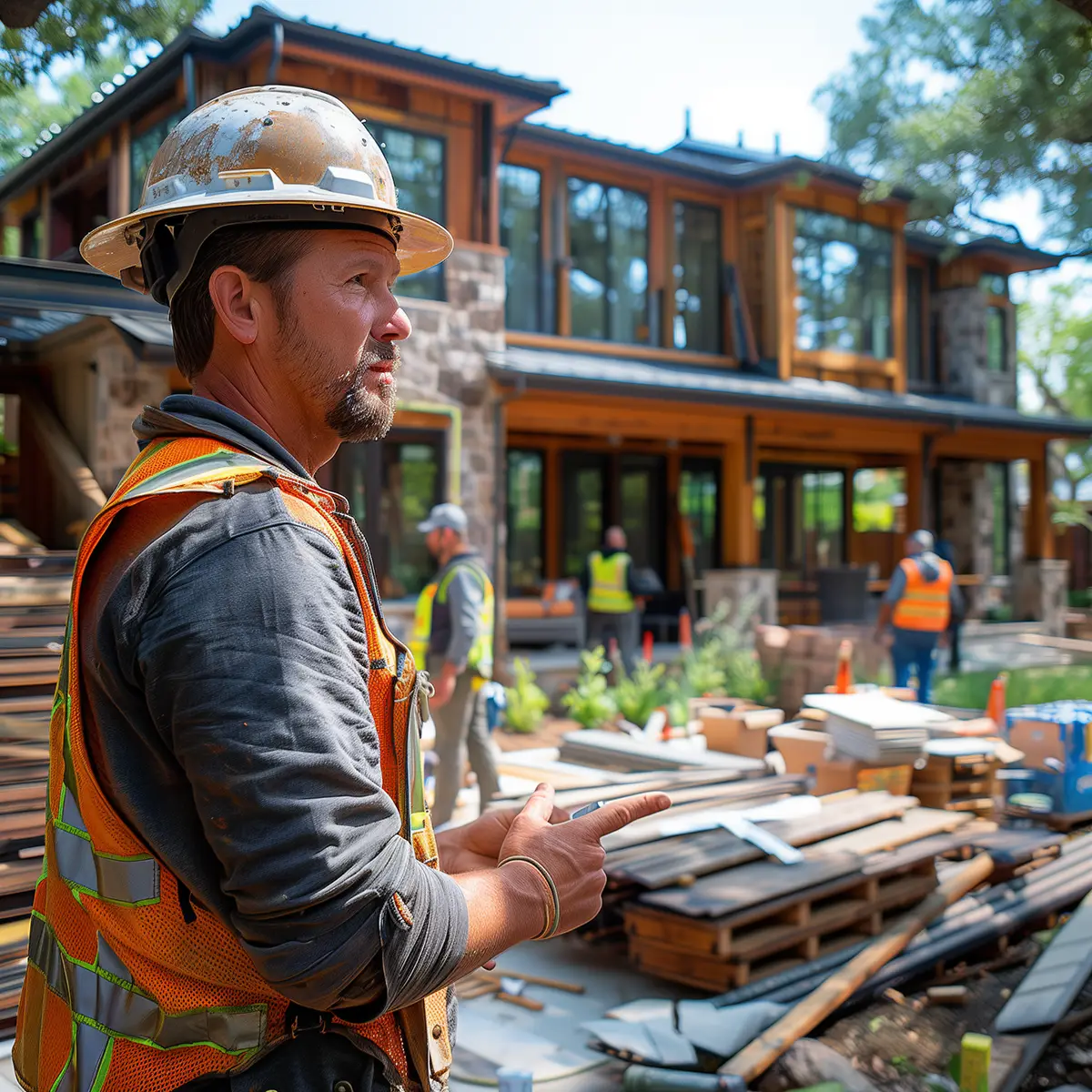 To further enhance the proposal's appeal, contractors should include compelling sales brochures and testimonials from previous clients, showcasing their ability to deliver innovative and sustainable new construction projects. By highlighting past successes, contractors can demonstrate their expertise in creating custom homes that meet diverse client needs, whether it's constructing eco-friendly homes or renovating historic properties.
To further enhance the proposal's appeal, contractors should include compelling sales brochures and testimonials from previous clients, showcasing their ability to deliver innovative and sustainable new construction projects. By highlighting past successes, contractors can demonstrate their expertise in creating custom homes that meet diverse client needs, whether it's constructing eco-friendly homes or renovating historic properties.
The inclusion of allowances for specific features like cabinets, carpentry, painting, and landscaping can address client expectations regarding interior and exterior design topics. It's crucial to track all project modifications through a clear change order process, ensuring that both the contractor and the client have a mutual understanding of any impacts on the project's timeline or budget.
Ultimately, the goal is to present an honest, well-rounded proposal that not only wins the job but also establishes a strong foundation for a successful partnership. By using detailed and accurate proposals, construction companies can enhance their reputation, comply with industry standards, and deliver exceptional residential contracts that satisfy every client's project vision.
Frequently Asked Questions
What should be included in a custom home-building proposal?
A custom home building proposal should include detailed sections on project scope, timeline, budget, design plans, materials, and finishes. It should outline critical milestones and deliverables, provide a precise cost breakdown, and specify the responsibilities of both the builder and the client. Additionally, it should cover contingencies, warranties, and terms and conditions to ensure all parties are on the same page.
How do I estimate the cost of building a custom home?
Estimating the cost of building a custom home involves calculating expenses for land acquisition, design and architectural fees, materials, labor, permits, and any additional features or customizations. It's important to get quotes from multiple contractors and suppliers, consider the local cost of living and construction rates, and include a contingency budget for unexpected expenses. Detailed and accurate cost estimation can prevent budget overruns and financial surprises.
How do I choose the right builder for my custom home?
Choosing the right builder involves researching potential candidates, checking their credentials, and reviewing their previous work. Look for builders with extensive experience in custom homes, positive client testimonials, and a portfolio that aligns with your vision. It's also important to meet with potential builders to discuss your project, ensure they understand your requirements, and gauge their communication skills and professionalism. A good builder should also be transparent about costs and timelines.
What are the pitfalls to avoid when writing a custom home-building proposal?
Common pitfalls include underestimating costs, overlooking important details in the scope of work, failing to set clear timelines, and failing to account for potential delays or changes. It's crucial to be thorough and precise in every section, to communicate expectations clearly, and to include contingencies. Reviewing and updating the proposal as the project progresses helps mitigate issues and ensure smooth execution.
How important is including a timeline in the custom home building proposal?
Including a timeline is crucial as it sets expectations for the project's duration and ensures all parties are aware of key milestones and deadlines. A clear and realistic timeline helps coordinate the scheduling of various trades, manage the flow of materials, and plan for inspections and approvals. It also provides a framework for monitoring progress and addressing any delays promptly. A well-defined timeline can significantly enhance project efficiency and client satisfaction.
15% Off Discount
![]() Add To Cart This Word Template Only
Add To Cart This Word Template Only
 Add To Cart Proposal Pack Construction #5
Add To Cart Proposal Pack Construction #5
 Add To Cart Proposal Kit Professional Bundle
Add To Cart Proposal Kit Professional Bundle
 4.7 stars, based on 846 reviews
4.7 stars, based on 846 reviewsProposal Kit chapters used in this template
Cover Letter, Title Page, Table of Contents, What You Can Expect, Responsibilities, Permits and Licenses, Site Preparation, Construction Schedule, Electrical, Plumbing, Roofing, Landscaping, Building Codes, Cost Summary, Company History, Certifications, Testimonials, Back Page
Included Calculator Spreadheets
These Excel calculator spreadsheets are included with this template. If you purchase a Proposal Pack or the Professional Bundle, these proposal pages are generated using an automated line-item database in the included Wizard software. The calculator spreadsheets are intended for use when purchasing only the static Word template.
You use this proposal for
- General business proposal
- Non-technical proposal
- Service sales proposal
- Project pitch proposal
- Construction, contracting, building proposal
- Real estate, property proposal
How to create this template with Proposal Pack Wizard
You can create this document using any of the logo-designed Proposal Packs. Pick any Proposal Pack with a logo design theme you like best; they will all work equally well. The Proposal Pack for Any Business is the pack with no extra added logos or colors - designed to be used plain or for you to customize with your logos and graphics.
The Proposal Pack design theme you purchase will determine the visual look of this template. The screenshot above only shows the plain generic design theme. Names and stories in examples are fictional; however, the templates are from real client use cases.
We include a library of chapters to be assembled based on your needs. All proposals are different and have different needs and goals. We designed Proposal Pack so you can customize the documents to suit your needs.
You will best create this document using the Proposal Pack Wizard - Expert Edition software to select this template and build it in the Proposal Pack logo design theme of your choice along with any desired customizations (such as adding additional chapters, removing unneeded chapters, changing the order of chapters, and importing your company logo). This template outlines a proposal for the described situation. Each user is responsible for typing in the actual content of the provided pages with their information to complete the proposal. Suggestions in the abstract may include features in higher-end packages and are facilitated by the selection of chapter templates to support the narrative of each proposal, which help guide the user in filling in the details.
You create this template using the Wizard software with an entire Proposal Pack library and software. We include the Expert Edition of the software in the Proposal Kit Professional bundle. Microsoft Word for Windows is required to use the customizing software. You can also edit Word document templates in other office software such as Word for Mac. We will assist Mac users in assembling complex templates for their first project if they do not have the required platform to run the Wizard software.
You only get the single assembled Word document if purchased as a stand-alone template. The individual template products include no other templates, samples, or software.
How to Build Templates Featured on Proposal Kit Website
Many people find the Proposal Kit website after searching for a specific proposal. Once you've purchased and installed the software, how do you build that template you found in the first place? This video shows you how to build any proposal you see on the Proposal Kit website.
Key Takeaways
- The Custom Home Building Proposal is available as a ready-to-edit template.
- You can create unlimited custom variations of this template using a Proposal Pack or the Professional Bundle.
- Using a Proposal Pack or Professional Bundle, you can automate quotes and other financial pages with a line-item database.
- There are no ongoing subscription fees. You get lifetime unlimited use.
- We made Proposal Kit for freelancers, small businesses, and non-profits.
- Proposal Kit product content (templates, samples, software) is 100% written by humans.
 Ian Lauder has been helping businesses write their proposals and contracts for two decades. Ian is the owner and founder of Proposal Kit, one of the original sources of business proposal and contract software products started in 1997.
Ian Lauder has been helping businesses write their proposals and contracts for two decades. Ian is the owner and founder of Proposal Kit, one of the original sources of business proposal and contract software products started in 1997.By Ian Lauder
 Published by Proposal Kit, Inc.
Published by Proposal Kit, Inc.


 Cart
Cart

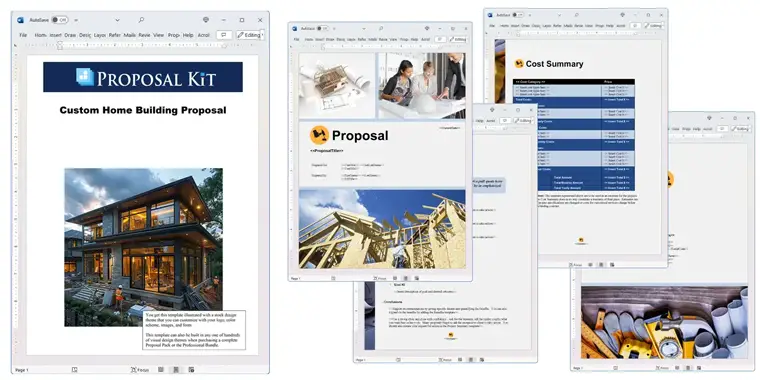
 Get 15% off ordering today:
Get 15% off ordering today: 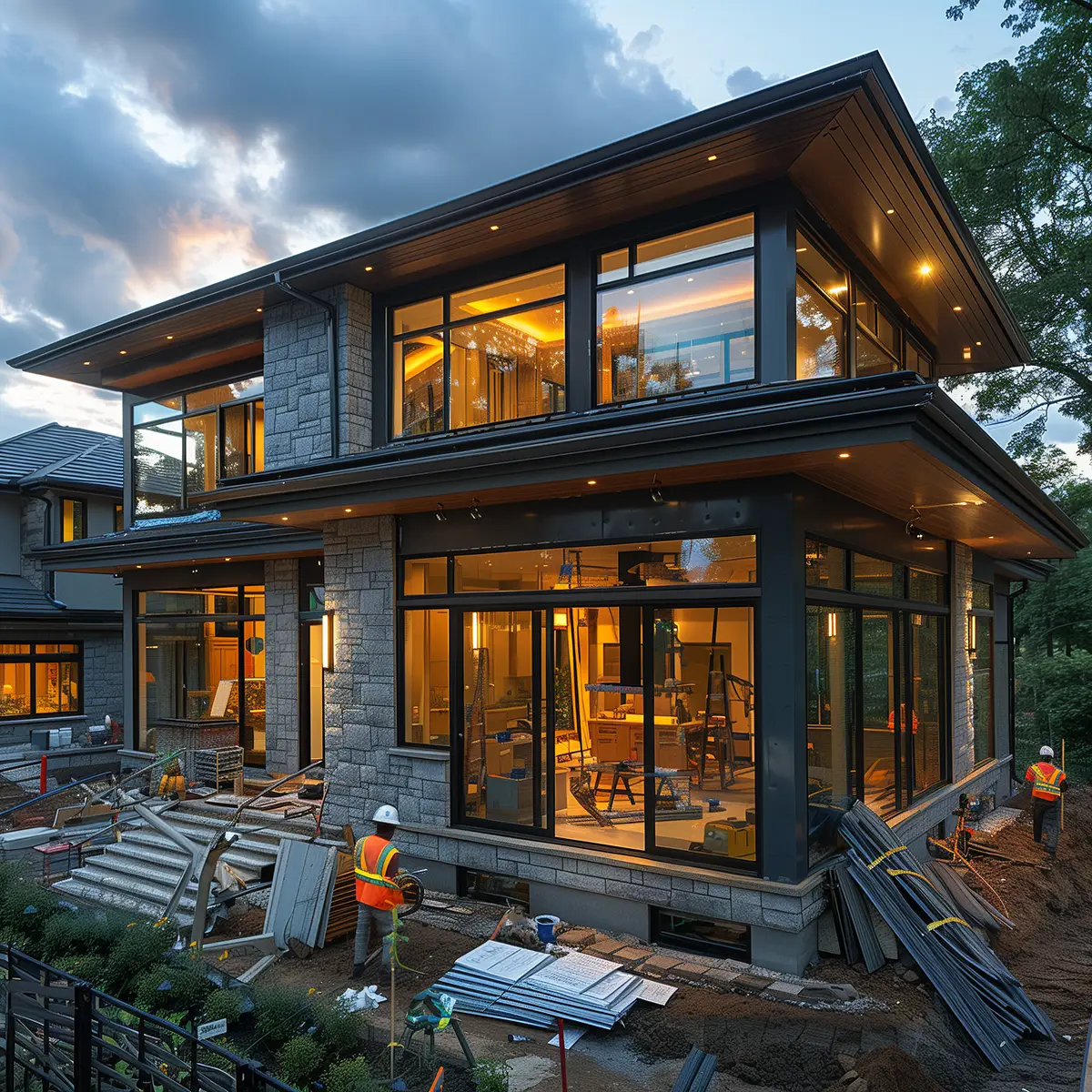

 Facebook
Facebook YouTube
YouTube X
X Search Site
Search Site